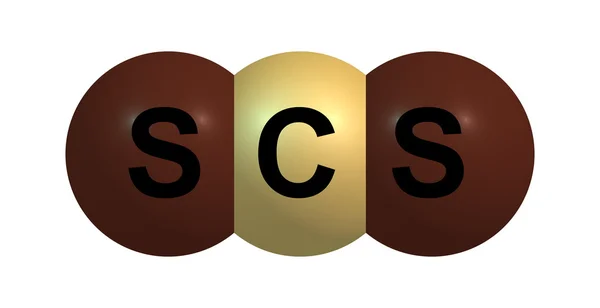

It is incompatible or reactive with strong oxidisers chemically active metals such as sodium, potassium and zinc azides rust halogens and amines.

Vapours can be ignited by contact with an ordinary light bulb. Very highly flammable, very low flash point.Ĭarbon disulfide easily forms explosive mixtures with air and catches fire very easily it is dangerous when exposed to heat, flame, sparks, or friction. It is miscible with anhydrous methanol, ethanol, ether, benzene, chloroform, carbon tetrachloride, and oils. The impure carbon disulfide that is usually used in most laboratory and industry processes is a colourless to faintly yellow liquid with a strong, disagreeable cabbage-like odour detectable at 0.016 to 0.42 ppm. Pure carbon disulfide is a colourless liquid with a pleasant odour that is like the smell of chloroform. Synonyms: carbon disulphide carbon bisulfide carbon bisulphide dithiocarbonic anhydride alcohol of sulfur carbon bisulfuret carbon sulfide carbon sulphide weeviltox sulfocarbonic anhydride Physical properties Use of carbon disulfide as a grain fumigant in the USA was voluntarily cancelled after 1985. In agriculture, carbon disulfide has been widely used as a fumigant to control insects in stored grain, and to remove botfly larva infestations from the stomachs of horses and ectoparasites from swine. It has also been used to protect fresh fruit from insects and fungus during shipping, in adhesives for food packaging, and in the solvent extraction of growth inhibitors.Ĭarbon disulfide has been highly suitable for other industrial applications including the vulcanisation and manufacture of rubber and rubber accessories the production of resins, xanthates, thiocyanates, plywood adhesives, and flotation agents solvent and spinning-solution applications, primarily in the manufacture of rayon and polymerisation inhibition of vinyl chloride conversion and processing of hydrocarbons petroleum-well cleaning brightening of precious metals in electroplating rust removal from metals and removal and recovery of metals and other elements from waste water and other media. Another principal industrial use for carbon disulfide has been as a feedstock for carbon tetrachloride production. In all these extraction processes, it has now been replaced by other solvents.Ĭarbon disulfide's most important industrial use has been in the manufacture of regenerated cellulose rayon (by the viscose process) and cellophane. It was also used in processing India rubber sap from tropical trees. Its fat-solvent properties also make it indispensable in preparing fats, lacquers, and camphor in refining petroleum jelly and paraffin and in extracting oil from bones, palmstones, olives, and rags. It has been an important industrial chemical since the 1800s because of its many useful properties, including its ability to solubilise fats, rubbers, phosphorus, sulfur, and other elements. What one company is doing to reduce emissionsĬarbon disulfide is made for commercial use by combining carbon and sulfur at very high temperatures.



 0 kommentar(er)
0 kommentar(er)
